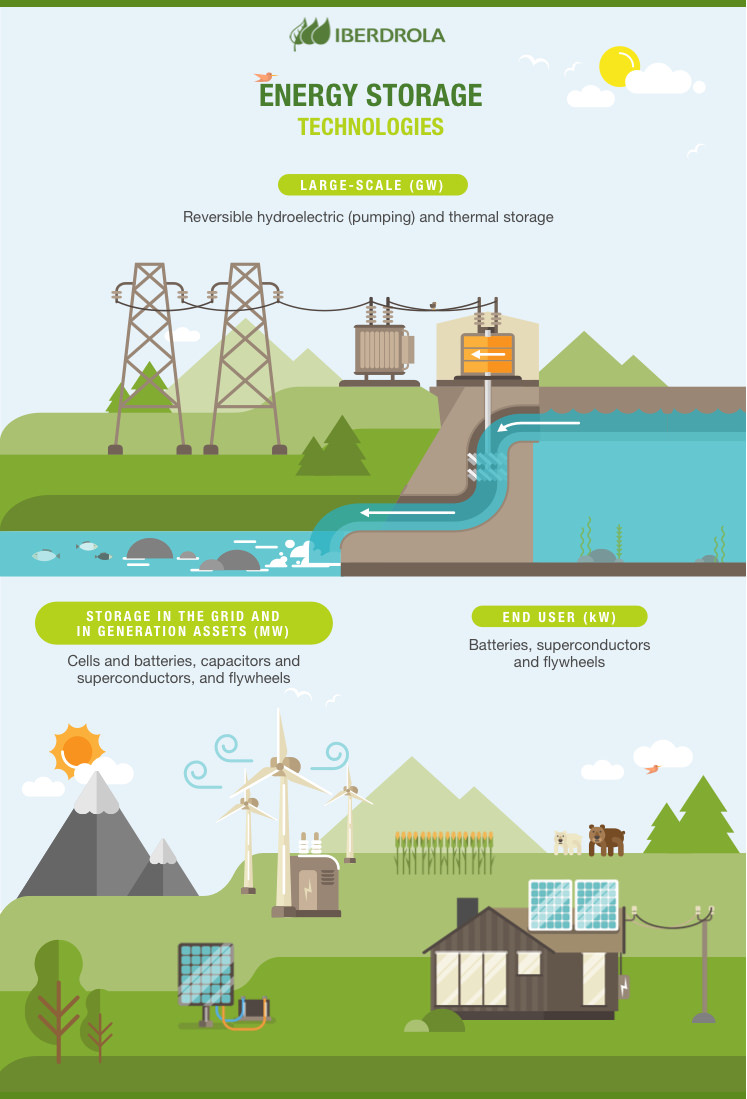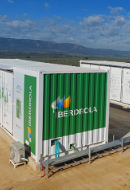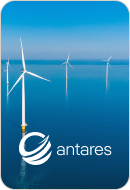What is energy storage
Energy storage: the key to a decarbonised future
Energy efficiency Energy storage Decarbonisation
Efficient energy storage is a fundamental pillar of the energy transition: allowing flexible renewable energy production and guaranteeing its integration into the grid. Find out which storage systems are the most efficient and which ones promise to drive the much-needed transition towards a decarbonised electricity system.
Energy storage, in addition to integrating renewables, brings efficiency savings to the electrical grid.
Electricity can be easily generated, transported and transformed. However, up until now it has not been possible to store it in a practical, easy and cost-effective way. This means that electricity needs to be generated continuously according to demand and, consequently, renewable energies require supporting storage systems for their integration, to avoid drops in clean energy during supply troughs and to provide greater efficiency and security to the electrical grid.
In a world that is in the midst of a transition from fossil fuels to renewable sources, such as wind and solar energy, improved electrical energy storage is vital to support these technologies, ensuring that electrical grids can be balanced and can contribute to the maximisation of every green megawatt generated.
Main energy storage systems
Electricity cannot be stored as such and therefore it needs to be transformed into other types of energy, such as mechanical or chemical. Storage systems can add value at every stage of the supply chain. Depending on their capacity, energy storage systems are divided into: large-scale storage, which is used in places where GW scale is required; storage in the grid and in power generation assets, where the MW scale is used and, finally, storage at the end-user level, which applies to the residential level and works with kW.

 SEE INFOGRAPHIC: Energy storage technologies [PDF]
SEE INFOGRAPHIC: Energy storage technologies [PDF]
Currently, the following list shows the ways to accumulate energy and the main technologies that allow efficient energy transformation and storage:
 Hydroelectric pumping
Hydroelectric pumping
The most efficient large-scale storage system in operation. This is a cost-effective and proven technology that provides stability to the electrical system and can generate significant levels of clean energy with rapid response times.
 Compressed air
Compressed air
These facilities have a reversible motor that, during periods of excess energy, ambient air is stored at high pressures in underground cubicles. It is a mechanical storage system comparable in capacity to hydroelectric pumping.
 Thermal storage
Thermal storage
It consists in accumulating energy in materials that allow it to be retained and released in a controlled manner, through methods ranging from cooling through ice accumulation to exposure to extremely high temperatures.
 Supercapacitor
Supercapacitor
This is a device capable of storing large amounts of electrical energy in the form of electrostatic charges, meaning there are no chemical reactions. Supercapacitors can be charged or discharged in a matter of seconds, thus being ideal for responding to energy peaks or brief supply interruptions.
 Flywheels
Flywheels
This is a mechanical storage system consisting of a metal disc that starts to spin when a torque is applied to it, then, with the action of braking the wheel applying a firm braking torque, electrical energy is conserved in kinetic form.
 Batteries
Batteries
This is a device that stores energy in chemical compounds capable of generating electrical charge. There are many types, such as lead-acid batteries, lithium ion or nickel cadmium batteries. The main advantages of batteries are their rapid response (milliseconds), their ease of installation and scalability and, finally, the multiple benefits they can bring to renewable assets to which they connect.
 Hydrogen fuel cells
Hydrogen fuel cells
This is a type of continuous chemical storage. It differs from batteries in that it is supplied continuously with hydrogen from the outside allowing its constant use. There are other types of fuel cells, but hydrogen is the most commonly-used fuel.
The future of energy storage: Lithium batteriese
In recent years, the renewable energy sector has seen in lithium-ion batteries the solution to its main problem: the storage of generated energy. Being one of the smallest elements in the periodic table, lithium has a high electrochemical potential and can accumulate large amounts of energy. With the desirable low weight and high efficiency, only one obstacle has so far prevented lithium batteries from becoming the standard storage technology for renewable energy: their high cost.
This situation, however, seems to be changing. According to a recent study by Bloomberg NEF (BNEF), the cost of lithium-ion batteries will be significantly reduced in the coming years — beyond even the 85% reduction that occurred from 2010 to 2018. Specifically, BNEF predicts a 50% reduction in the costs of lithium-ion batteries per kW/h by 2030, as demand takes off in two different markets: stationary storage and electric vehicles.
This will lead to worldwide energy storage facilities multiplying exponentially, from modest 9GW/17GWh implemented from 2018 to 1,095 GW/2,850 GWh by 2040. This dramatic increase will require an estimated investment of US$662 billion.

According to BNEF forecasts, the total demand for batteries in the sectors of stationary storage and electric vehicles will be 4,584 GWh by 2040, which, in addition to supporting the energy transition, will be a great opportunity for battery manufacturers and extraction companies of the components required, such as lithium, cobalt and nickel.

Battery sizes
Their importance and their influence on performance.

Virtual batteries
A sustainable alternative to save, drive and secure the consumption of energy.

Sodium-ion batteries
The revolution in renewable energy storage.






